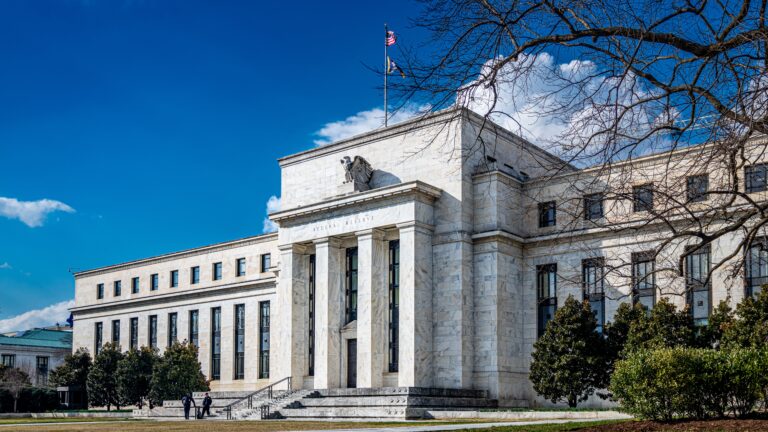
The New Normal in the Cash Investment Landscape
As we enter the second decade of the new century, the world financial system has just emerged from a near death experience and embarked on a new journey of redefining itself. Having witnessed the subprime meltdown, the bankruptcy of Lehman Brothers, and the collapse of the Reserve Primary money market fund, corporate cash investment professionals are faced with the same task of redefining their investment choices, strategies and expectations. This paper attempts to point out several recent developments that will likely shape the new cash investment landscape for years to come.
Old Myths about Cash Investing
With recent events fresh in our memories, we will provide a recap of how a number of the old myths about cash investing were shattered.
“Cash is cash. Anything that resembles cash with high credit ratings is safe and liquid.” The collapse of the auction rate securities market and several enhanced cash funds taught us that near-cash does not pass for cash. Credit ratings have little predictability for liquidity.
“Cash is cash. You don’t need an elaborate investment policy to manage something as simple as a cash portfolio.” Often cleverly disguised as high-grade asset-backed securities, some of the most offensive subprime loans turned up in portfolios designed specifically for cash investors. Outsized excess returns should have been red flags.
“All money funds are the same. Why not invest in ones with the highest yield?” A number of money fund mangers were quick to point out to us that the Reserve fund “breaking the buck” was no accident, rather the product of a sudden change of course in loading up on risky investments. Was the Reserve an outlier or was it a sign of the times? You be the judge, but money fund due diligence has evolved into a niche industry for financial professionals.
“We use separately managed accounts for cash we don’t need right now. We can tolerate the volatility in hopes for higher returns.” The average institutional investor reduced its maximum allocation to separately managed accounts from 27% to 18% between 2006 and 2009. Anecdotally, we’re aware of a few who liquidated their holdings at severely depressed valuations at the height of the credit crisis and went into money funds. Should they have done so? An interesting question, but our point is this: some investors might simply have overstated their risk tolerance. As a result, their portfolios either were too long in maturities or too risky in credit for them to stomach the volatility. The whiplash was painful.
The New Normal of Cash Investing
With many of the conventional wisdoms of cash investing now in our past, what should we expect the new normal to look like?
DOWNLOAD FULL REPORT
Our research is for personal, non-commercial use only. You may not copy, distribute or modify content contained on this Website without prior written authorization from Capital Advisors Group. By viewing this Website and/or downloading its content, you agree to the Terms of Use.
Please click here for disclosure information: Our research is for personal, non-commercial use only. You may not copy, distribute or modify content contained on this Website without prior written authorization from Capital Advisors Group. By viewing this Website and/or downloading its content, you agree to the Terms of Use & Privacy Policy.


